Archives
- 2018-07
- 2018-10
- 2018-11
- 2019-04
- 2019-05
- 2019-06
- 2019-07
- 2019-08
- 2019-09
- 2019-10
- 2019-11
- 2019-12
- 2020-01
- 2020-02
- 2020-03
- 2020-04
- 2020-05
- 2020-06
- 2020-07
- 2020-08
- 2020-09
- 2020-10
- 2020-11
- 2020-12
- 2021-01
- 2021-02
- 2021-03
- 2021-04
- 2021-05
- 2021-06
- 2021-07
- 2021-08
- 2021-09
- 2021-10
- 2021-11
- 2021-12
- 2022-01
- 2022-02
- 2022-03
- 2022-04
- 2022-05
- 2022-06
- 2022-07
- 2022-08
- 2022-09
- 2022-10
- 2022-11
- 2022-12
- 2023-01
- 2023-02
- 2023-03
- 2023-04
- 2023-05
- 2023-06
- 2023-07
- 2023-08
- 2023-09
- 2023-10
- 2023-11
- 2023-12
- 2024-01
- 2024-02
- 2024-03
- 2024-04
- 2024-05
- 2024-06
- 2024-07
- 2024-08
- 2024-09
- 2024-10
- 2024-11
-
Generally glycines and other small residues such as
2020-04-26
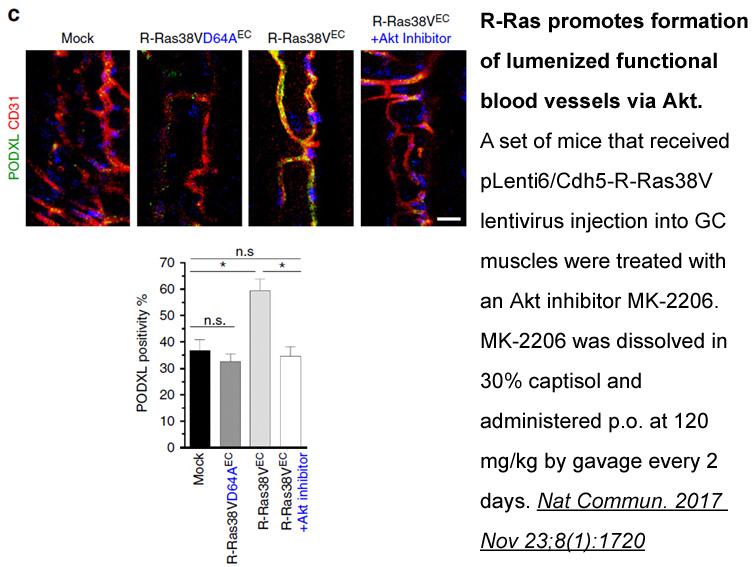
Generally, glycines (and other small residues such as alanine) present in a helical GxxxG-motif that are facing the same side of the helix form a uniform surface that enables direct contact with a second helix. Crystal structures of multipass membrane proteins have demonstrated that GxxxG-motifs are
-
The human serotonin hydroxytryptamine HT receptor
2020-04-26
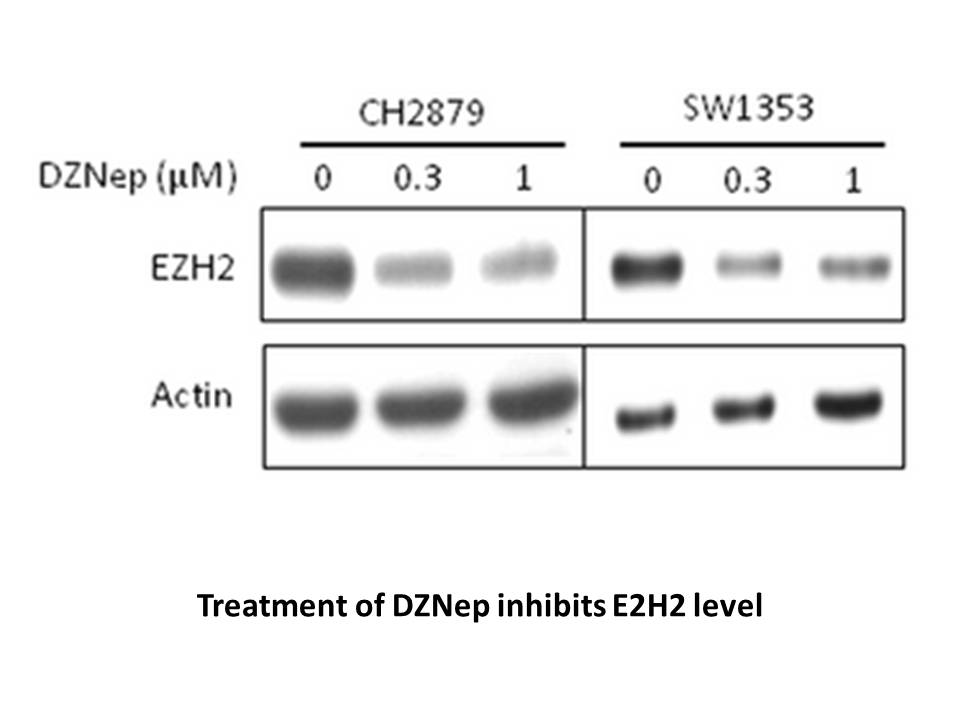
The human serotonin (5-hydroxytryptamine; 5-HT) receptor family consists of 14 receptor subtypes to date, which are primarily G protein-coupled receptors (GPCRs) with 5-HT3 being the sole ligand-gated ion channel (Alexander et al., 2017). These receptors are widely distributed in the central and per
-
The overall poor outcomes in ESCC
2020-04-26
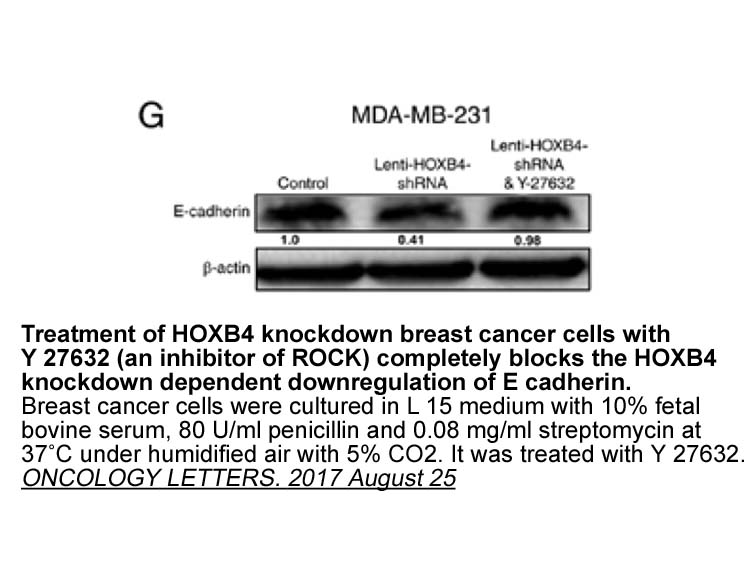
The overall poor outcomes in ESCC are thought because of a combination of late diagnosis, aggressiveness of the disease, and a lack of effective treatment strategies for systemic disease. Several molecular pathways, such as epidermal growth factor receptor, vascular endothelial growth factor, and p5
-
br The role of TNFs
2020-04-26
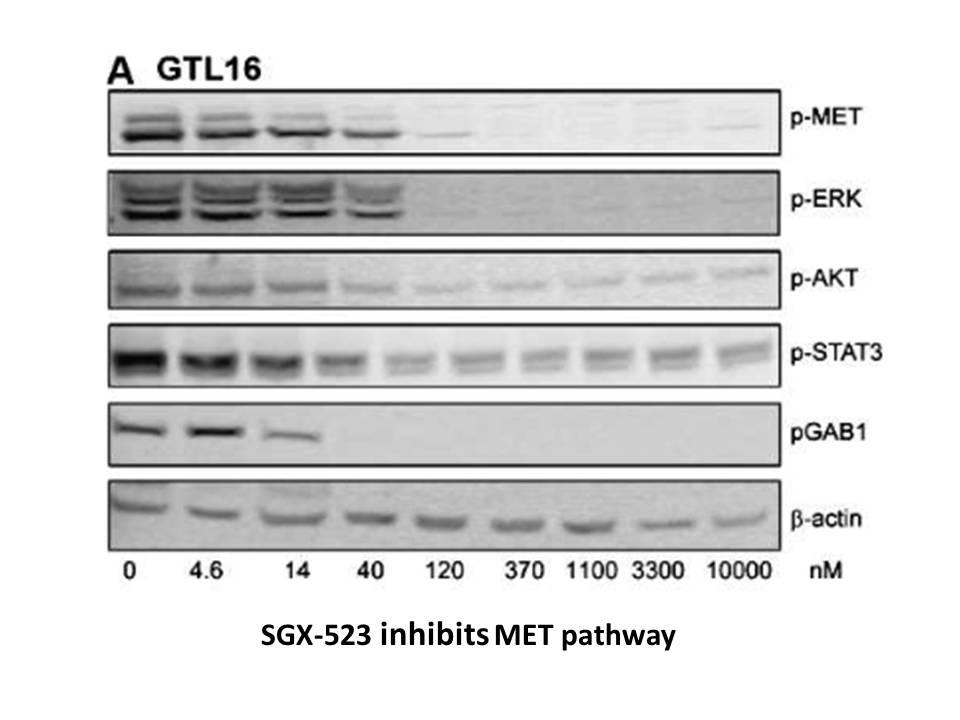
The role of TNFs and AD The TNF superfamily includes 19 members that can bind 29 different receptors [56, 57]; the 19 members are Lta, TNF-α, lymphotoxin-β (LTβ), OX40L, TNF associated activation protein (TRAP, also named CD40L or gp39), factor associated suicide ligand (FasL), CD70, CD153, 4-1BB
-
br Materials and methods br Results
2020-04-26
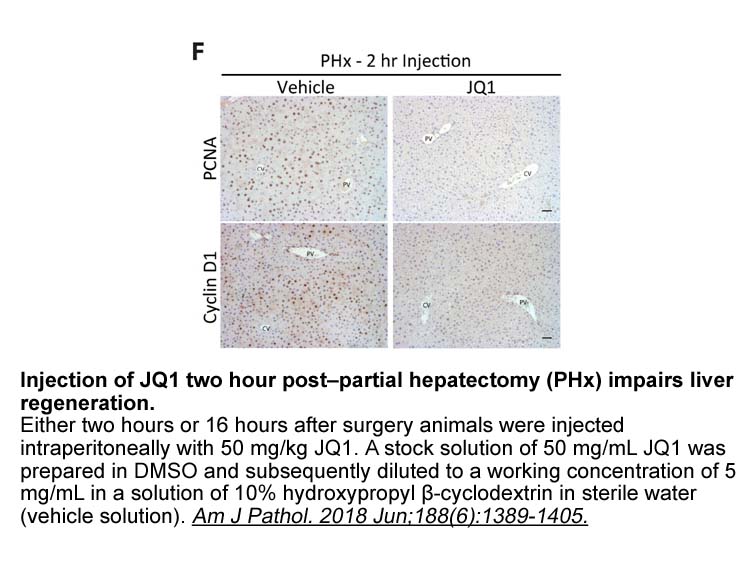
Materials and methods Results Discussion Prolyl 4-hydroxylases are oxygenases with key roles in a variety of biological processes including oxygen sensing, siRNA regulation and collagen folding (Gorres and Raines, 2010). Hydroxyproline is particularly abundant in collagenous proteins which
-
Our work raises the question of how
2020-04-26
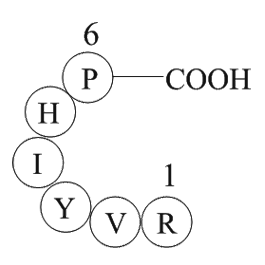
Our work raises the question of how a mechanism for control of developmental potency based on TEs might have evolved. Active TEs are under acute surveillance by cellular pathways that minimize transposition, including by Kap1 (Rowe et al., 2010). In part because of this, and in part because of a los
-
Our data supports the conclusion that the
2020-04-26
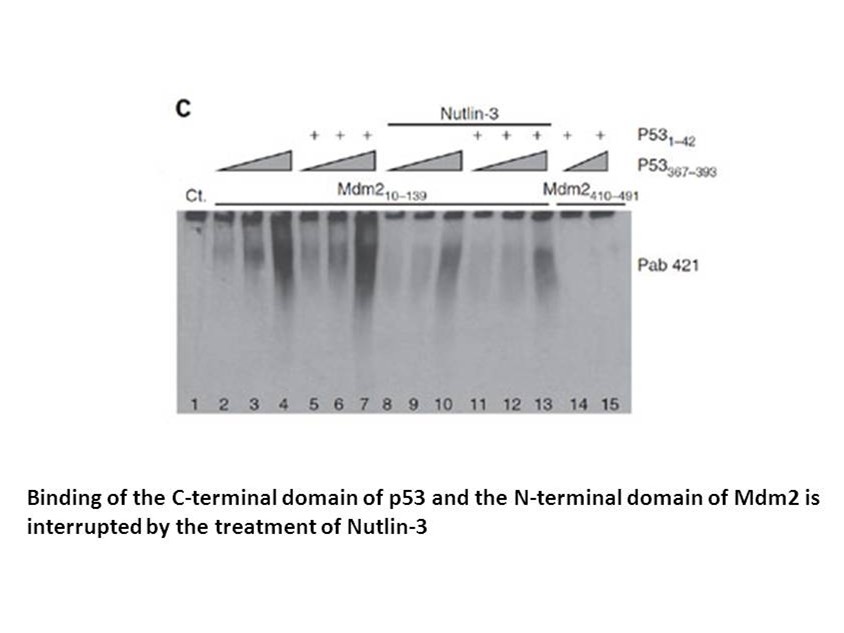
Our data supports the conclusion that the exonuclease activity thought to be intrinsic to Artemis is not a component of the Artemis polypeptide. Many possibilities exist to explain the presence of the exonuclease activity in less-pure fractions of Artemis. It is possible that the exonuclease is simp
-
br Third trimester crossing the threshold to immunocompetenc
2020-04-24
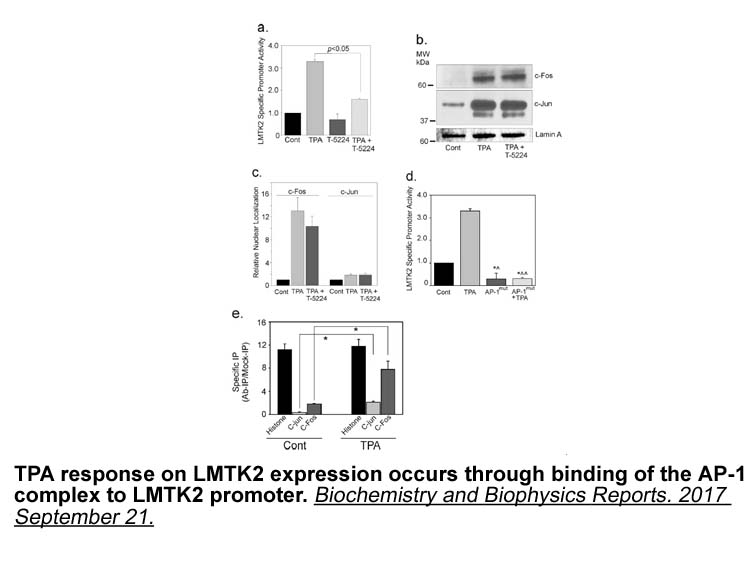
Third trimester – crossing the threshold to immunocompetence Summary Regrettably, studies on the fetal immune system have yet to yield practical results. While it is becoming apparent that the fetal immune response plays a role in determining the outcome of congenital CMV infection, we still l
-
The mechanisms in the central nervous system
2020-04-22
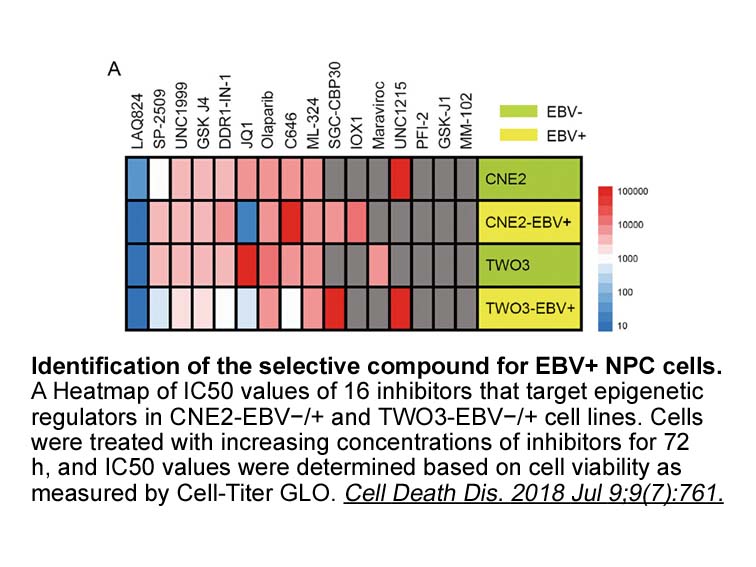
The mechanisms in the central nervous system (CNS) controlling the sympathetic tone of the SB 203580 hydrochloride are associated to behavioral strategies, such as those involved in response to stress. In this regard, morphine withdrawal induces profound and severe stress reactions evidenced by enh
-
R 59-022 Two nutrient sensing pathways the cAMP protein kina
2020-04-22
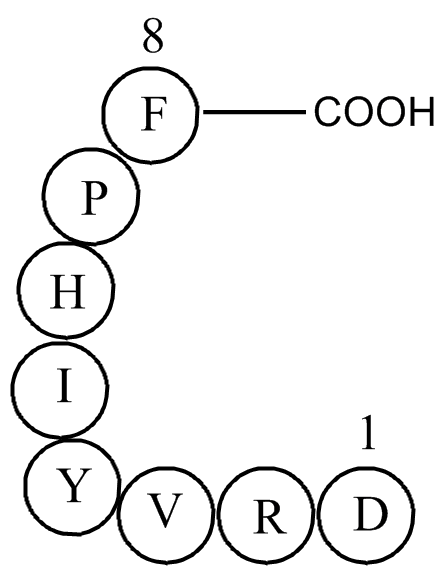
Two nutrient-sensing pathways, the cAMP-protein kinase A (PKA) pathway and the target of rapamycin complex 1 (TORC1) pathway, are implicated in Msn2/4 regulation. Under non-stress conditions, Msn2 localizes in the cytoplasm and is inactivated by both PKA-dependent phosphorylation of the nuclear loca
-
These studies established IAP proteins as dimeric RING
2020-04-22
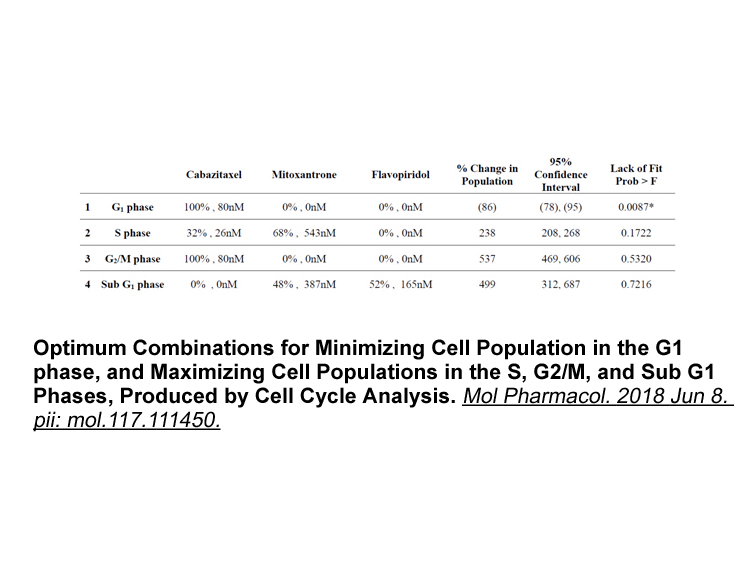
These studies established IAP proteins as dimeric RING E3 ligases, but did not account for the essential role of dimerization. In IAPs and related E3s, such as RNF4 and MDM2, dimerization not only depends on contacts from the core RING domain but also residues N- and C-terminal to the RING domain (B
-
The ubiquitin proteasome system Ub P is the main cellular
2020-04-22
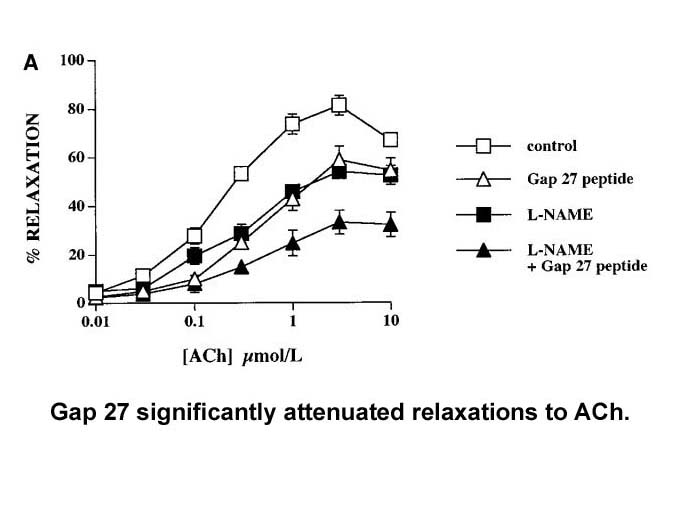
The ubiquitin–proteasome system (Ub–P) is the main cellular machinery for protein turnover in eukaryotic cells (Glickman and Ciechanover, 2002). Degradation by Ub–P involves two steps. Target proteins are selectively, specifically, and covalently attached to ubiquitin (Ub) chains, followed by Ub-tag
-
br Materials and methods br Acknowledgements
2020-04-22
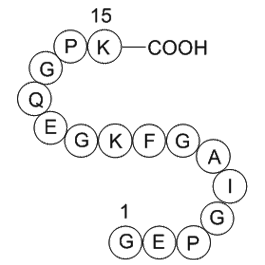
Materials and methods Acknowledgements SD was supported by a pre-doctoral research fellowship from the Flanders Agency for Innovation and Entrepreneurship (VLAIO-Flanders, Belgium). YB is supported by a postdoctoral fellowship from Research Foundation Flanders (FWO, Belgium). We thank Isabelle
-
br Materials and methods br Results
2020-04-22
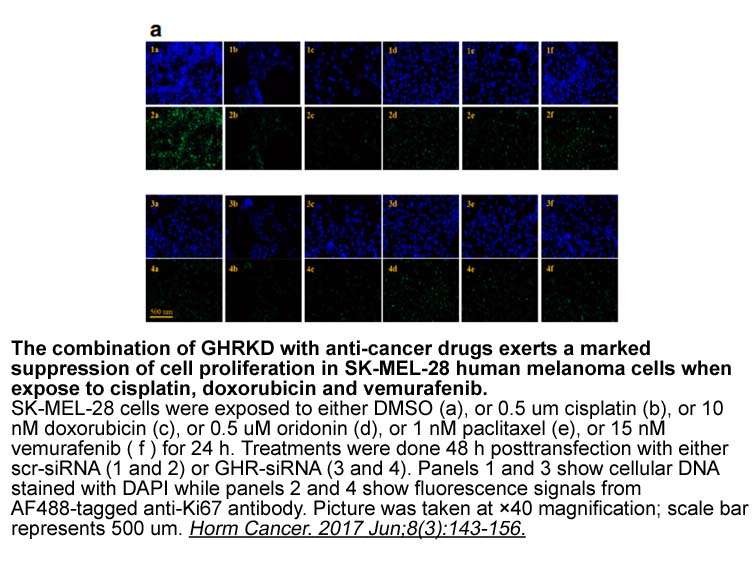
Materials and methods Results Discussion The studies reported here provide a more direct link between conformations of the glycine-rich region of DAPK and enzyme activity. As schematically illustrated in Fig. 3, the various conformations of DAPK with bound substrate or product can be consi
-
DGK is classified into the type II DGK
2020-04-21
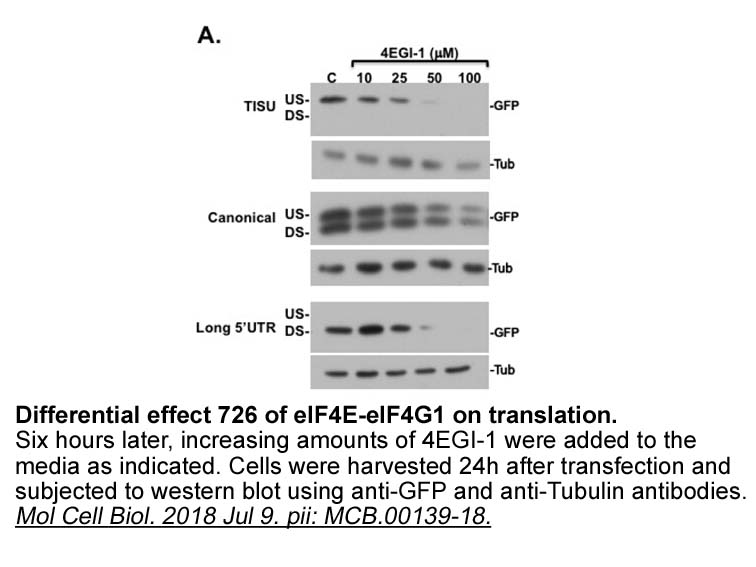
DGKη is classified into the type II DGK subfamily [12], [13], [14], [15]. As described above, DGKη has the splice variants η1 and η2 [10]. DGKs η1 and η2 possess in common a pleckstrin homology domain at the N-terminus and a catalytic domain that is divided into two subdomains (catalytic subdomain-a
15654 records 822/1044 page Previous Next First page 上5页 821822823824825 下5页 Last page